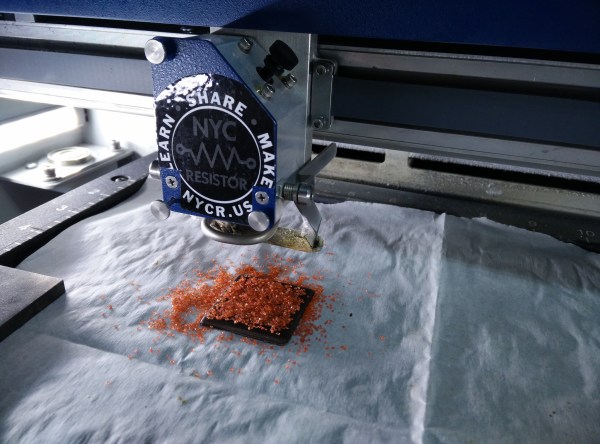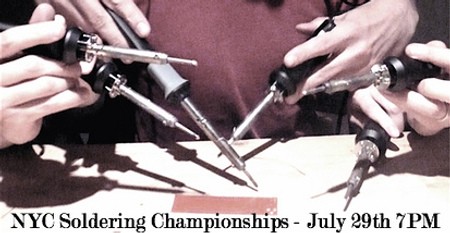One of the smash hits of the 1970s arcade was Atari’s Lunar Lander. A landing craft in orbit around a moon would descend slowly towards the surface, and through attitude and thrust controls the player had the aim of bringing it safely in to land. Many a quarter would have been poured into the slot by eager gamers wanting to demonstrate their suitability for astronaut service.
It was to this game that [Chris Fenton] turned when he was looking for inspiration for the 2016 NYCResistor Interactive show, and the result was a Lunar Lander game with a difference, one in which the gameplay was enacted through a physical lander and lunar surface. In this case the moon in question is a papier-mâché-covered inflatable ball, and the lander is a 3D-printed model on the end of a lead screw. Control is provided by an Arduino, with a rough facsimile of the original control panel and a set of microswitches on the model to detect a crash or a safe landing.
The result is a surprisingly playable game, as can be seen from the video below the break.
















